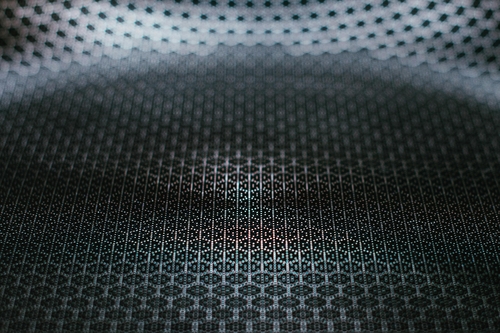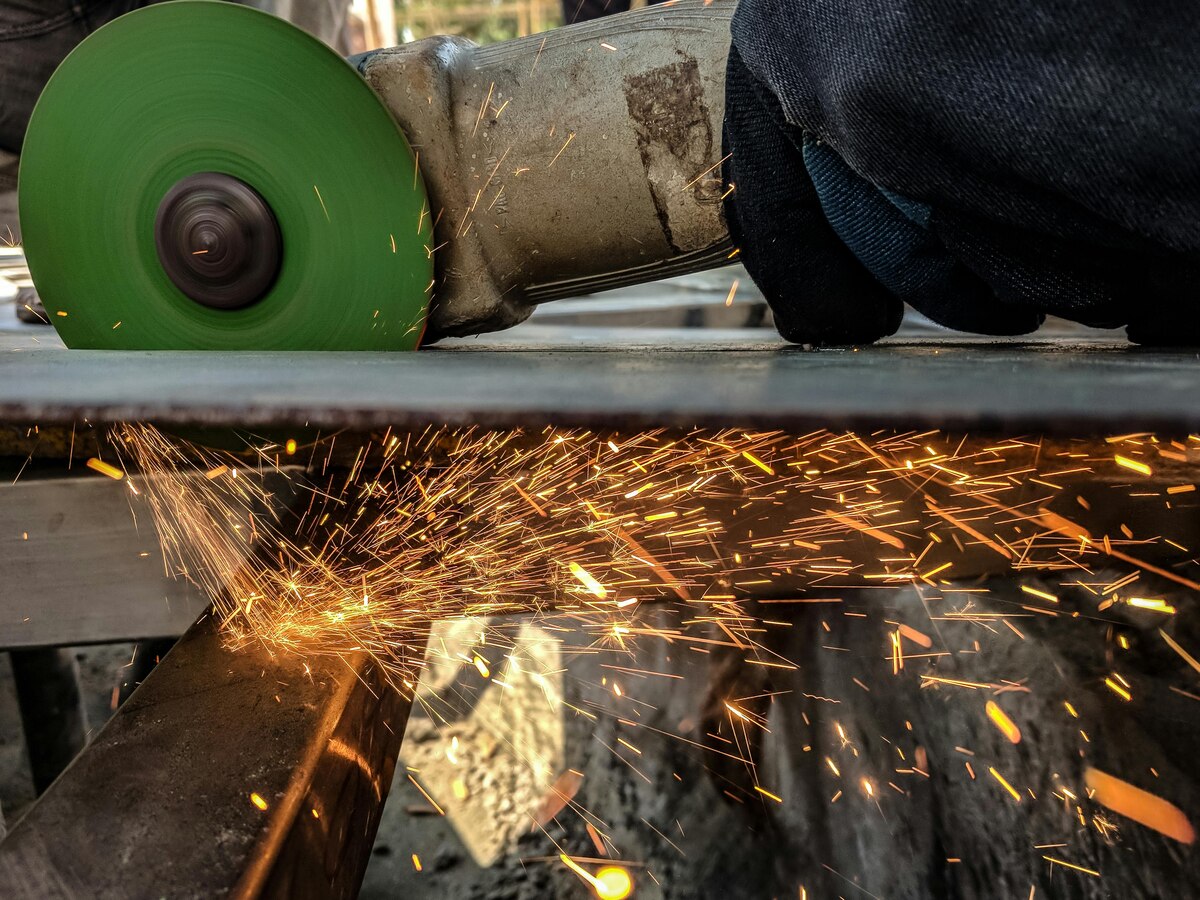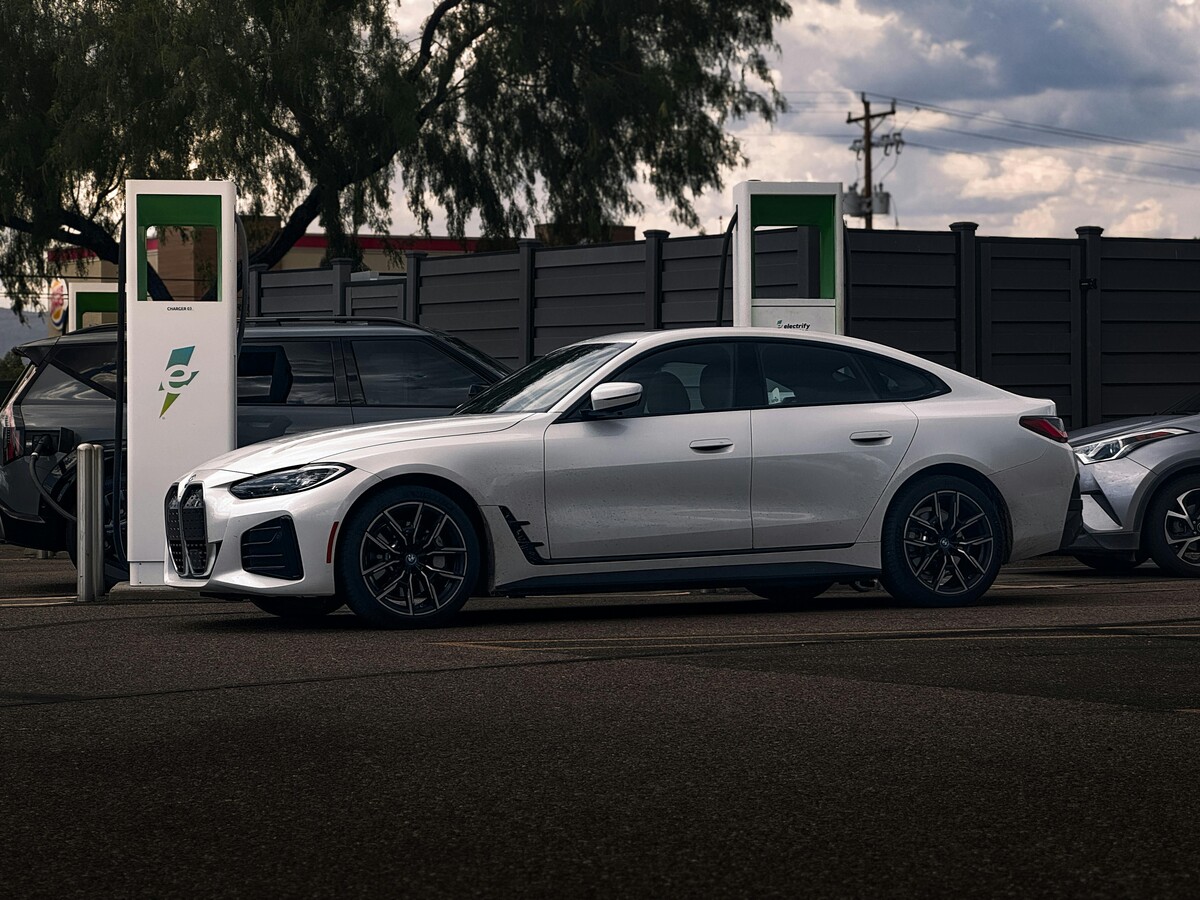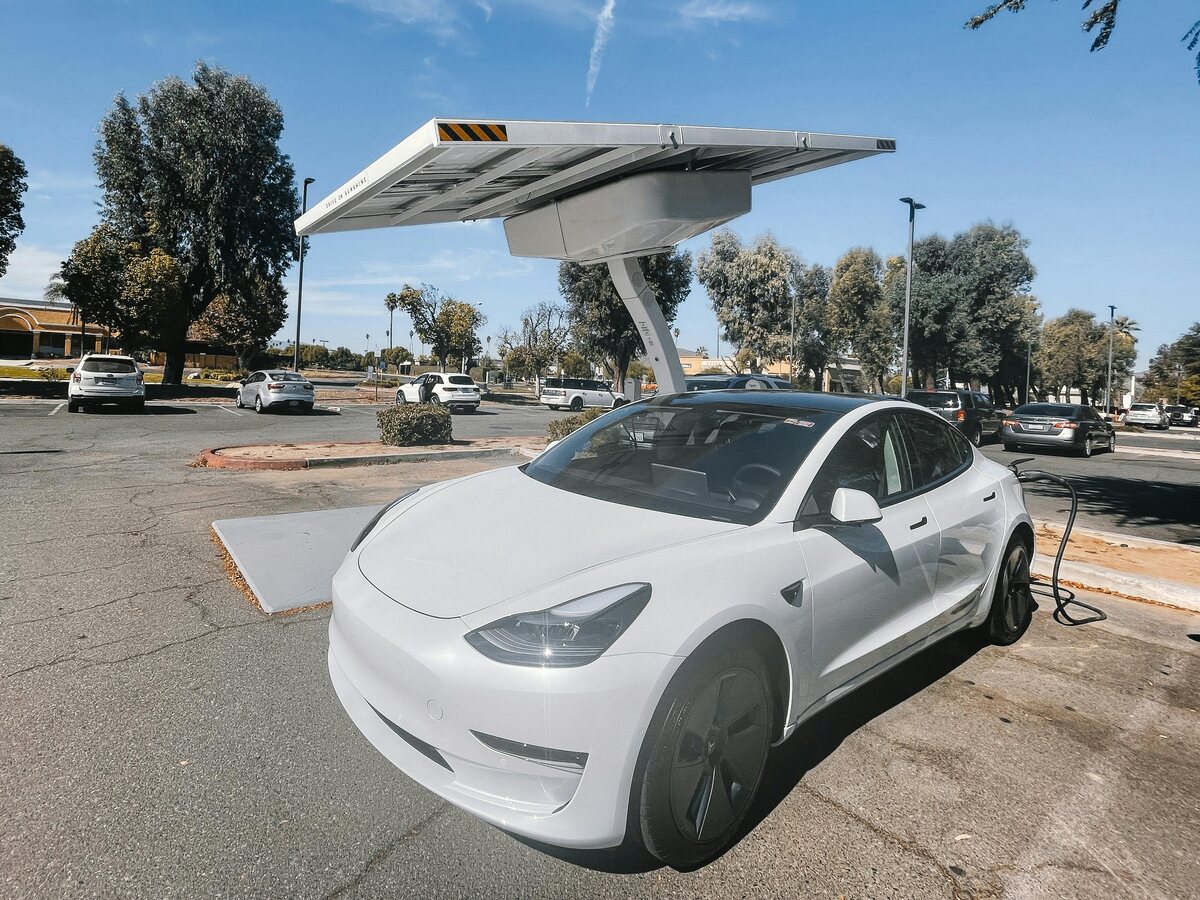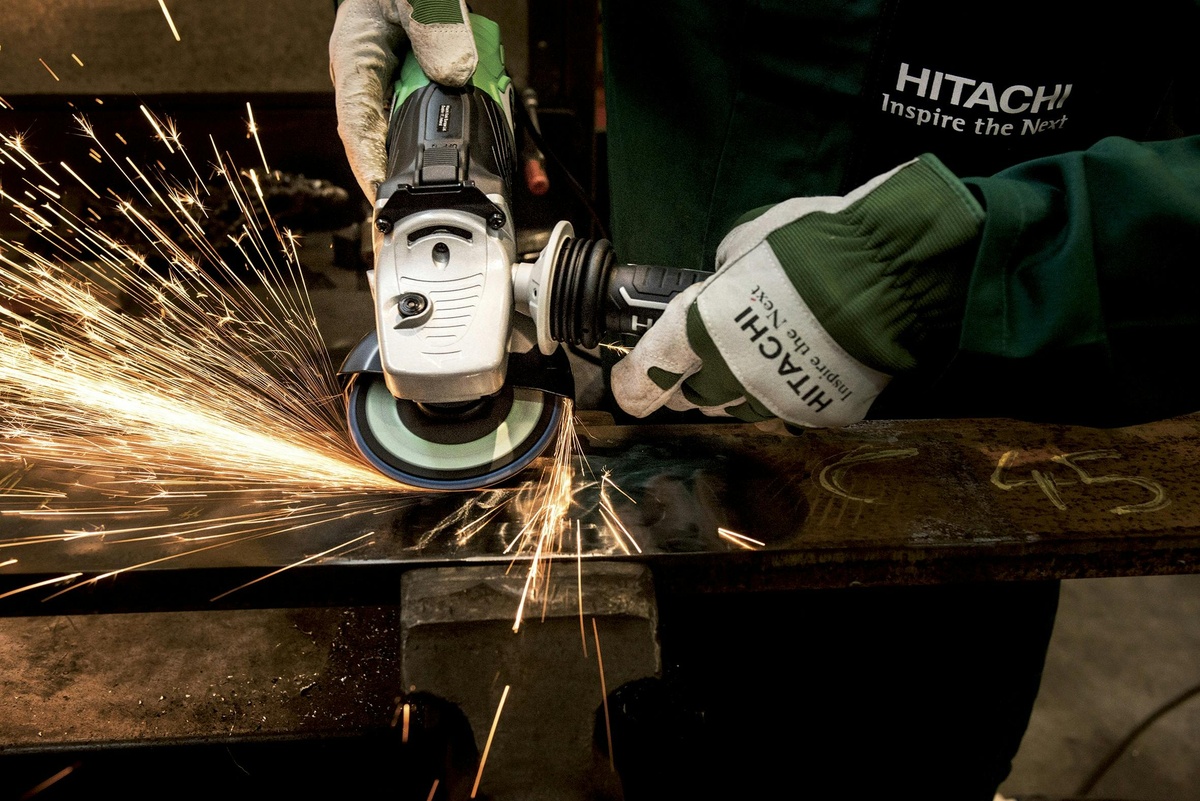 Blog Speed Optimization – Make Google & Users Happy!
Blog Speed Optimization – Make Google & Users Happy!
Polyaspartic Coatings: Transforming Durability and Sustainability in Modern Industries
Written by santosh kumar » Updated on: June 17th, 2025

The Polyaspartic Coatings Market has witnessed significant growth in recent years, propelled by its exceptional performance in various industrial, commercial, and residential applications. Known for its durability, quick curing time, and resistance to abrasion, polyaspartic coatings are emerging as a preferred alternative to traditional coatings like epoxy and polyurethane. This blog explores the market's dynamics, key applications, regional developments, and future potential, offering an in-depth perspective on this thriving industry.
Understanding Polyaspartic Coatings
Polyaspartic coatings are a type of aliphatic polyurea resulting from the reaction of an aliphatic polyisocyanate with a polyaspartic ester. Their unique chemistry allows for a wide range of benefits, such as rapid curing, high resistance to UV radiation, chemical resilience, and excellent mechanical properties. These features make polyaspartic coatings suitable for demanding environments, including flooring, infrastructure, automotive, and marine industries.
Key Drivers of Market Growth
Rising Demand for Durable Coatings
The construction and infrastructure sectors are adopting polyaspartic coatings due to their ability to provide long-lasting protection against wear and tear. They offer superior abrasion resistance compared to epoxy coatings, making them ideal for high-traffic areas such as parking lots, warehouses, and commercial spaces.
Rapid Urbanization and Infrastructure Development
Emerging economies in Asia-Pacific and Latin America are undergoing rapid urbanization, resulting in increased construction activities. Polyaspartic coatings are increasingly being used for flooring, bridges, and industrial facilities due to their quick application and reduced downtime.
Environmental Regulations and Sustainability
The shift toward eco-friendly products is driving innovation in low-VOC (volatile organic compound) coatings. Polyaspartic coatings align with these trends by offering a low-VOC alternative to traditional solutions without compromising on performance.
Growing Automotive and Transportation Sectors
In the automotive sector, polyaspartic coatings are used for undercarriages and exterior surfaces, where they provide resistance to corrosion and impact. The increasing production of vehicles, particularly electric vehicles (EVs), is boosting demand for advanced coating solutions.
Market Segmentation
The polyaspartic coatings market is segmented based on product type, application, and region.
1. By Product Type
Pure Polyaspartic Coatings: These are used for decorative and protective purposes, offering UV stability and fast curing.
Hybrid Polyaspartic Coatings: Known for their cost-effectiveness, they combine the benefits of polyaspartic and other coating materials like epoxy.
2. By Application
Flooring: Dominating the market, polyaspartic coatings are used for industrial, commercial, and residential floors due to their durability and aesthetic finish.
Infrastructure: Bridges, pipelines, and public utilities are increasingly relying on polyaspartic coatings for long-term protection against environmental factors.
Automotive and Marine: The use of polyaspartic coatings in automotive parts and marine vessels ensures resistance to corrosion and chemical exposure.
Others: This includes applications in wind turbines, sports equipment, and furniture.
3. By Region
North America: The region leads the market with high adoption in commercial and industrial sectors. Strict environmental regulations and advancements in technology are key drivers.
Europe: With a focus on sustainable infrastructure, Europe is witnessing a steady demand for low-VOC polyaspartic coatings.
Asia-Pacific: Rapid urbanization, infrastructure projects, and the expansion of the automotive industry are fueling growth in this region.
Latin America and Middle East & Africa: Increasing investments in infrastructure and oil & gas projects are creating opportunities for market expansion.
Competitive Landscape
The polyaspartic coatings market is highly competitive, with key players focusing on innovation, partnerships, and regional expansions. Prominent companies include:
BASF SE: A global leader in the chemicals sector, offering advanced polyaspartic coating solutions for flooring and infrastructure.
PPG Industries: Known for its innovative formulations tailored for the automotive and construction industries.
Sherwin-Williams Company: A major player with a wide range of eco-friendly polyaspartic coating products.
Akzo Nobel N.V.: Specializing in high-performance coatings for marine and automotive applications.
Carboline: Renowned for its industrial-grade protective coatings, including polyaspartic options for pipelines and machinery.
Emerging Trends in the Market
1. Technological Advancements
Advancements in polyaspartic technology are leading to the development of hybrid formulations with improved flexibility and adhesion. These coatings are tailored for specific applications, such as anti-skid surfaces or enhanced chemical resistance.
2. Focus on Sustainability
The coatings industry is increasingly focusing on sustainability. Manufacturers are developing polyaspartic coatings with bio-based ingredients and reduced VOC emissions to meet stringent environmental regulations.
3. Expansion in Untapped Markets
Regions like Africa and Latin America are witnessing growing infrastructure investments. These untapped markets present opportunities for polyaspartic coating manufacturers to expand their footprint.
4. Customization and Aesthetic Appeal
The demand for decorative coatings with customizable colors and finishes is on the rise, particularly in residential and commercial flooring applications.
Challenges in the Market
High Initial Cost
Polyaspartic coatings are more expensive than traditional alternatives like epoxy or polyurethane, which may deter price-sensitive customers.
Complex Application Process
The application of polyaspartic coatings requires skilled labor and precise environmental conditions, which can limit their adoption in smaller projects.
Competition from Established Alternatives
Despite their advantages, polyaspartic coatings face competition from well-established epoxy and polyurethane coatings, especially in cost-driven markets.
Future Outlook
The polyaspartic coatings market is poised for significant growth, driven by advancements in product innovation and the rising adoption of sustainable solutions. By 2030, the market is expected to reach new heights as industries increasingly prioritize efficiency, durability, and environmental compliance. Key growth sectors include flooring, automotive, and infrastructure, particularly in emerging economies.
Conclusion
The polyaspartic coatings market represents a dynamic and evolving industry with immense potential across various sectors. As technology advances and sustainability becomes a central focus, the adoption of polyaspartic coatings is set to rise. Manufacturers and stakeholders must address challenges like cost and application complexity to maximize market opportunities. With a blend of innovation, regulatory alignment, and regional expansion, the future of polyaspartic coatings is bright, ensuring they remain a cornerstone of modern protective and decorative solutions.
Note: IndiBlogHub features both user-submitted and editorial content. We do not verify third-party contributions. Read our Disclaimer and Privacy Policyfor details.
Copyright © 2019-2025 IndiBlogHub.com. All rights reserved. Hosted on DigitalOcean for fast, reliable performance.



